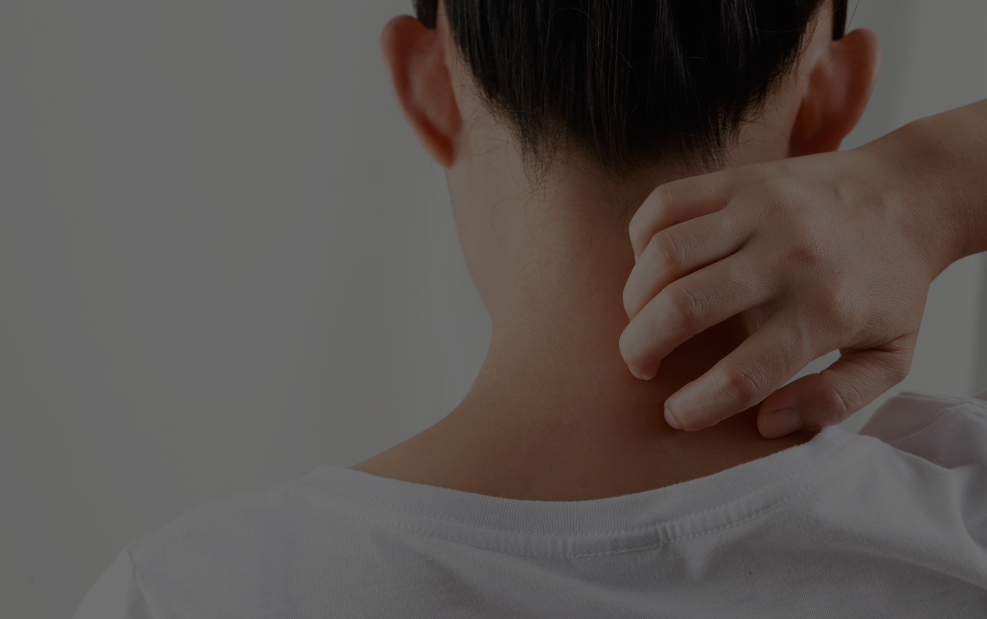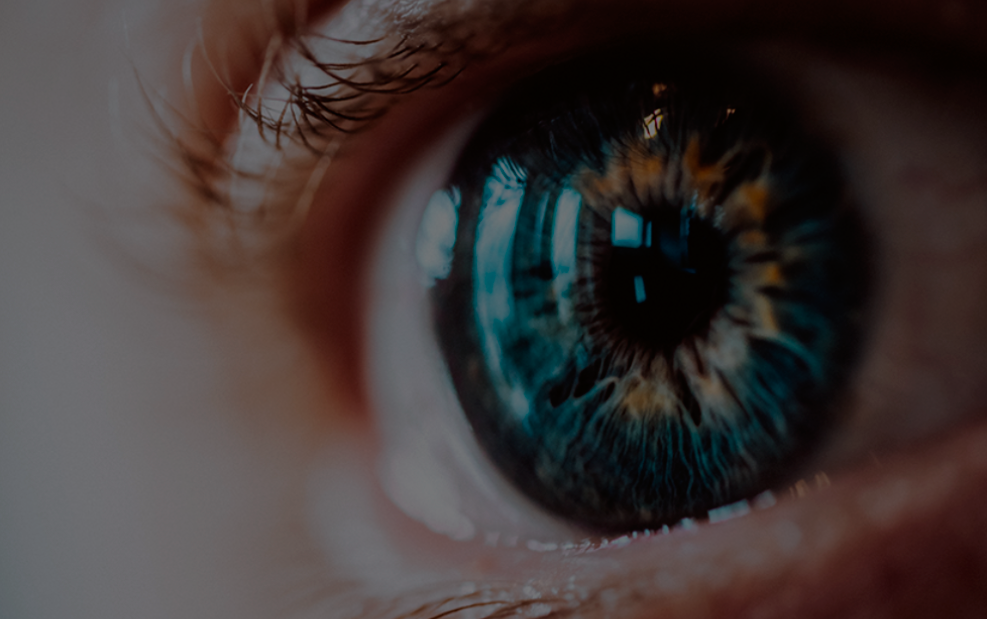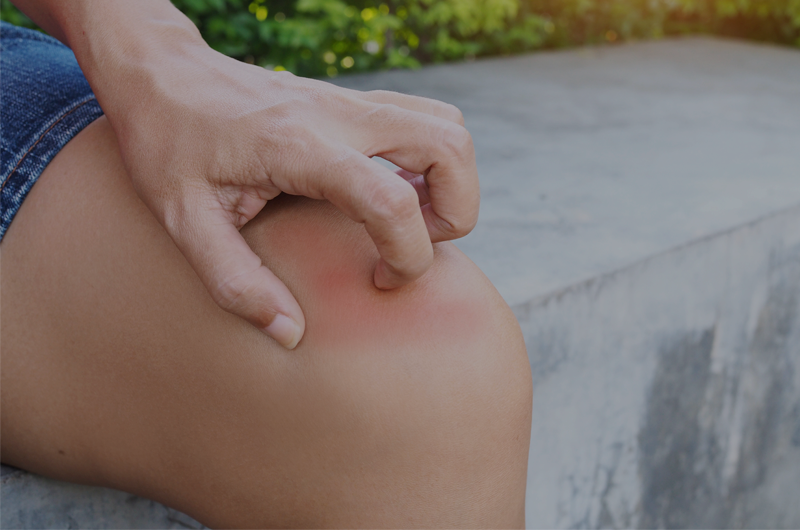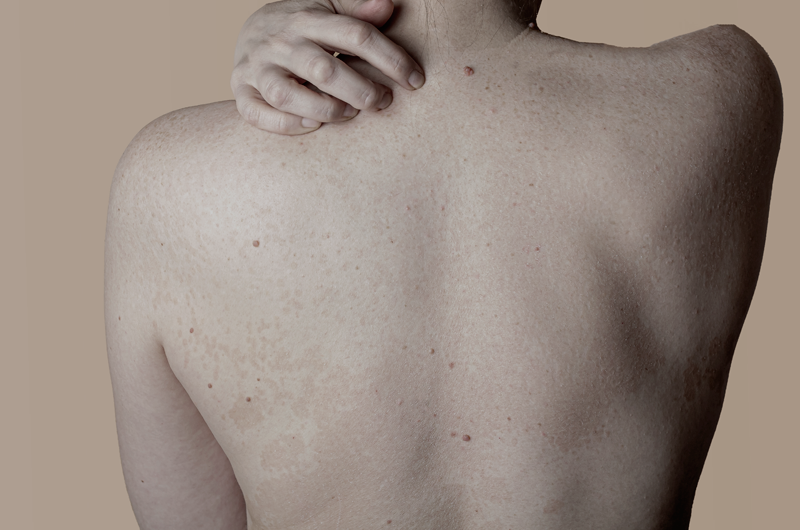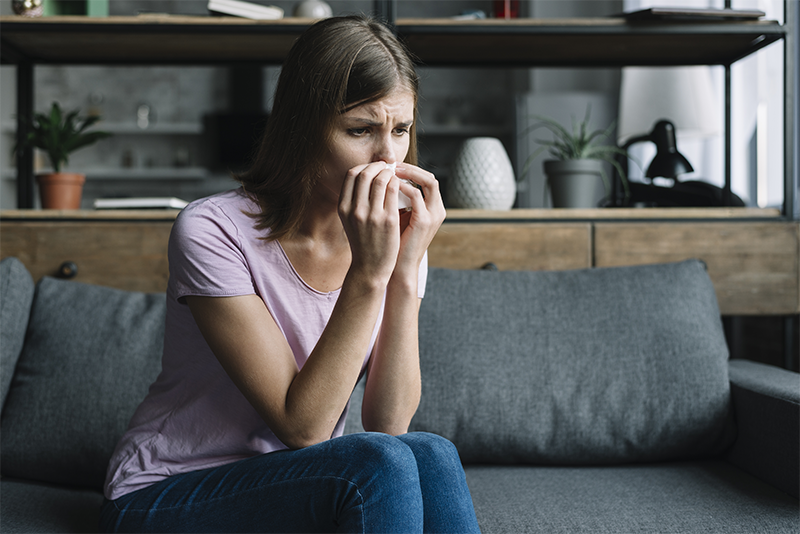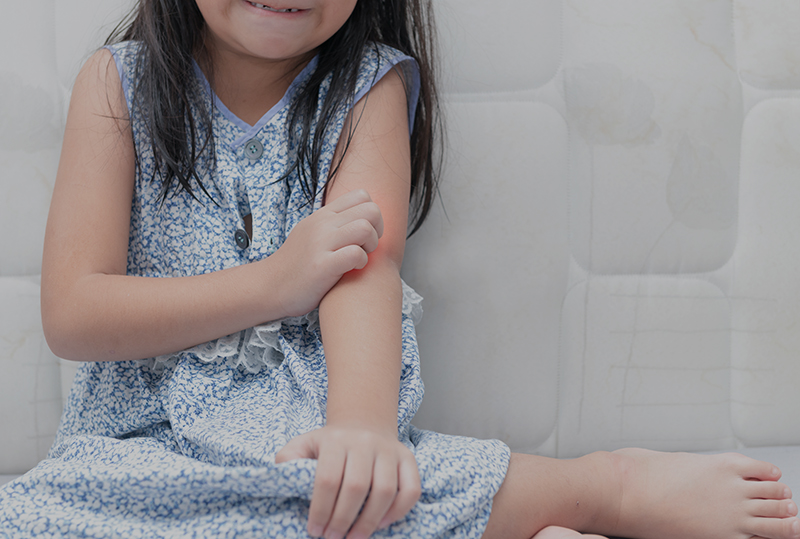
Cheong WK, Chan AWM, Ch’ng CC, Chung WH, Gabriel MT, Godse K, Mitthamsiri W, Nguyen HT, Tiongco-Recto M, Nagrale D
Drugs Context. 2022 Mar 15;11:2021-12-2. doi: 10.7573/dic.2021-12-2. PMID: 35371270; PMCID: PMC8932249
People with urticaria have a compromised quality of life and sleep, and school/work due to its incapacitating condition. It presents with red and itchy rash with characteristic wheals, and/or angioedema. Current guidelines recommend second generation H1-antihistamine as first-line treatment of urticaria. Bilastine is a second-generation H1-antihistamine indicated in children aged ≥6 years and adults (Europe) for the symptomatic treatment of urticaria and allergic rhino-conjunctivitis. It has a well-documented efficacy and safety profile, with a rapid onset and a prolonged duration of action and a low sedative potential.
The objective of the Original Real-world cases of Bilastine In Treatment (ORBIT) study was to evaluate real-world cases published from the Asia-Pacific region in adults and children using bilastine for the long-term management of urticaria.
Eight cases diagnosed and classified according to international guidelines as chronic spontaneous urticaria or inducible urticaria were presented:
- Case 1: 35-year-old man complaining of an itchy skin rash for the previous 6 months
- Case 2: 10-year-old boy who developed recurrent hives over the past 3-4 years
- Case 3: 54-year-old woman with poorly controlled chronic urticaria and intolerance to sedating antihistamines
- Case 4: 33-year-old woman with cholinergic urticaria
- Case 5: 20-year-old woman with intensely itchy rash
- Case 6: 61-year-old woman with atopic (allergic rhinitis) with new-onset urticaria
- Case 7: An elderly man with recalcitrant CSU unresponsive to second-generation antihistamines
- Case 8: Chronic rash in an elderly man with multiple comorbidities
Although this was a small and diverse group of patients with urticaria considered difficult to treat, the administration of bilastine as per the approved label was well tolerated and effective in the long-term management of urticaria.


